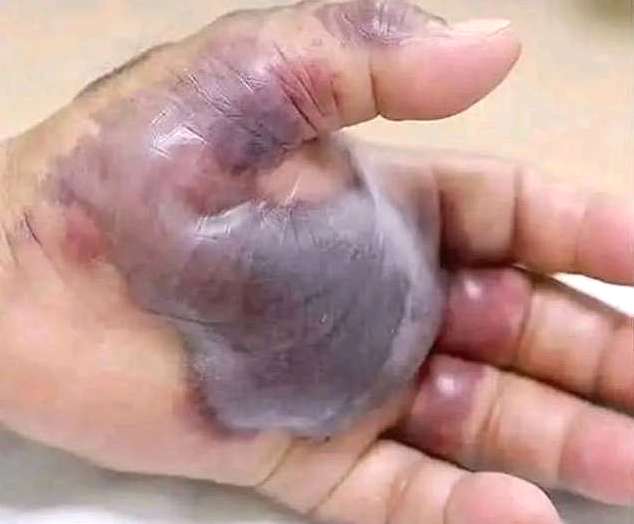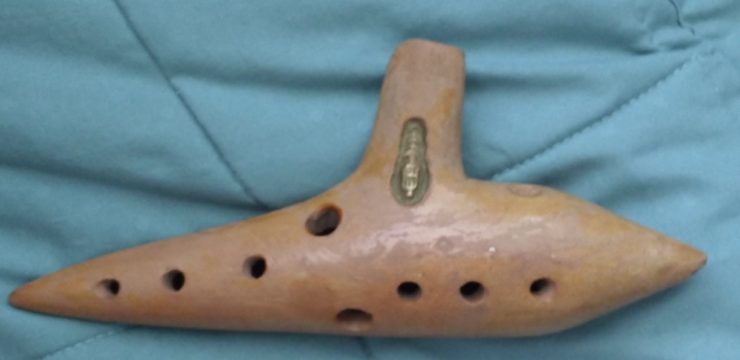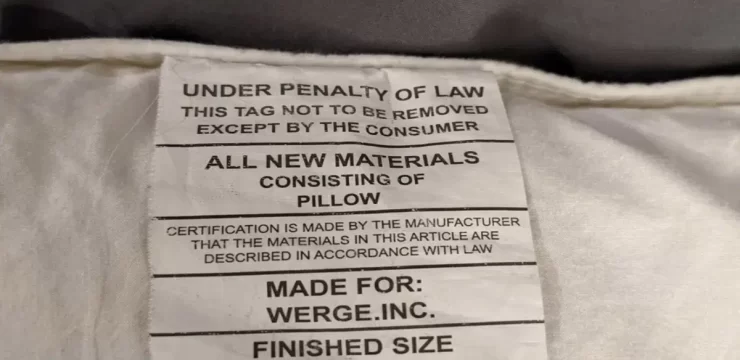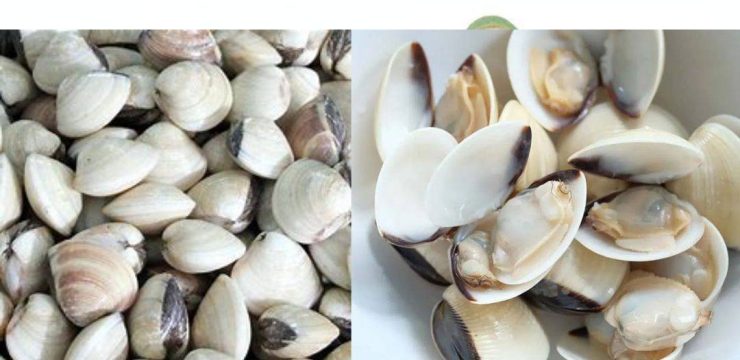When you notice a raised, swollen area on your hand that looks red, purple, or even black and feels tender or painful, you might be dealing with a blood blister. A large blood blister on the hand is typically a reaction to trauma or pressure that damages the tiny blood vessels under the skin without actually breaking the skin’s surface. These vessels, known as capillaries, rupture and leak blood, which becomes trapped between the layers of skin.

Unlike a regular blister filled with clear fluid, a blood blister is darker and more intense in appearance due to the presence of blood beneath the surface. The skin in the area usually looks stretched and tight, forming a dome-like shape that may be painful to the touch or uncomfortable during certain hand movements. Blood blisters often result from pinching, crushing, or intense rubbing of the skin. Situations like accidentally catching your hand in a door, handling heavy tools without gloves, or repetitive friction from sports equipment can cause this type of injury.
While they might look alarming, blood blisters are rarely a cause for concern and typically heal on their own within a week. During that time, the body slowly reabsorbs the blood, and the overlying skin dries out and eventually peels away, revealing fresh, healed skin underneath. The most important thing to remember with a blood blister is not to pop it. As tempting as it may be to relieve the pressure or drain the fluid, breaking the blister opens the door to infection, especially if the wound is exposed to dirt or bacteria. Instead, leave the blister intact and try to protect it from further irritation. If the blister is located on a part of your hand that you use frequently or that rubs against other surfaces, consider covering it with a soft, breathable bandage or gauze.
Change the dressing daily, and keep the area clean using mild soap and water. If the blister bursts on its own, clean it gently, apply an antibiotic ointment, and re-cover it with a sterile bandage to reduce the risk of infection and speed up healing. Most blood blisters require minimal treatment and heal without complication. However, you should watch for signs of infection or delayed healing. If the blister becomes increasingly red, swollen, warm to the touch, or starts to leak pus, or if red streaks spread outward from the site, it could be infected and may need medical attention. Additionally, if you notice a fever or the blister fails to improve after several days, it’s best to consult a healthcare provider. People with compromised immune systems, diabetes, or poor circulation should be particularly cautious, as these conditions can slow healing and increase the risk of complications.
While a single blood blister caused by a known injury is usually harmless, frequent or unexplained blood blisters could be a sign of an underlying issue. Certain medical conditions, such as blood clotting disorders, autoimmune diseases, or allergic reactions to medications, may lead to the spontaneous appearance of blisters. If you’re experiencing recurring blood blisters without an obvious cause, it’s wise to seek medical evaluation to rule out anything more serious. Prevention is also important. To reduce the risk of getting a blood blister, wear protective gloves during manual labor, use cushioned handles when working with tools, and avoid prolonged repetitive motions that cause friction. Keep your skin moisturized and check regularly for any signs of irritation if you’re engaging in activities that put pressure on your hands. In most cases, a blood blister is just a minor injury that resolves quickly with a bit of care and patience. By understanding what causes them and knowing how to treat them safely, you can manage blood blisters effectively and avoid unnecessary complications. If you ever feel unsure, it’s always better to err on the side of caution and speak with a healthcare professional to ensure proper care.





